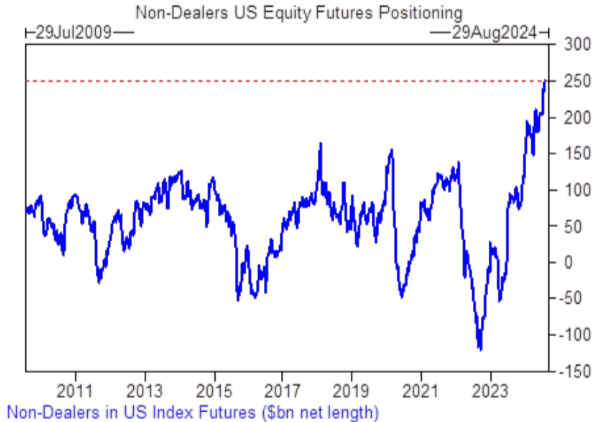🧵 The Great Gold Conspiracy Theory
1/ For years the West has accused China of secrecy. But when it comes to gold, Beijing’s silence may be strategy...defensive or aggressive, depending on your perspective
Here’s what might be the biggest monetary story hiding in plain sight 👇
1/ For years the West has accused China of secrecy. But when it comes to gold, Beijing’s silence may be strategy...defensive or aggressive, depending on your perspective
Here’s what might be the biggest monetary story hiding in plain sight 👇
2/ China’s been the world’s largest gold producer since 2007. Exports of standard bullion from the domestic market are generally prohibited—so most mined metal stays onshore.
3/ China also became the largest gold importer around 2013, Hong Kong, and other conduits.
So: the world’s biggest producer and the biggest importer.
Where does all that gold go?
So: the world’s biggest producer and the biggest importer.
Where does all that gold go?
4/ Officially, the PBOC claims around 2,300 tonnes of gold as of mid‑2025, ~7% of total FX reserves.
That’s far behind the U.S. (~8,133 t) and Germany (~3,300 t)
That’s far behind the U.S. (~8,133 t) and Germany (~3,300 t)
5/ Independent analysts argue China’s true holdings could be 5,000 t or more...
Why?
Evidence is circumstantial, but trade data, mining records, and import flows potentially reveal thousands of tonnes unaccounted for.
Why?
Evidence is circumstantial, but trade data, mining records, and import flows potentially reveal thousands of tonnes unaccounted for.
6/ China resumed monthly disclosures in Nov 2022 and bought 18 straight months into Apr 2024, paused, then resumed, logging nine consecutive monthly adds through July 2025.
7/ Why the opacity?
Because stealth matters.Revealing the real numbers might:
- Shock gold markets
- Drive prices beyond Beijing’s comfort
- Signal its exit from U.S. Treasuries
- Unmask its bid for monetary sovereignty
Because stealth matters.Revealing the real numbers might:
- Shock gold markets
- Drive prices beyond Beijing’s comfort
- Signal its exit from U.S. Treasuries
- Unmask its bid for monetary sovereignty
8/ After the West froze ~$300B of Russia’s reserves in 2022, Beijing learned an important lesson: gold can't be sanctioned...and can offer a firewall against dollar weaponisation
9/ At ~7%, China’s official gold share is well below the global average, often cited in the mid-teens...leaving political cover to keep adding.
10/ Fiat reserves are somebody else’s liability. Gold isn’t. Beijing’s steady bid looks like a hedge on monetary sovereignty.
When the global money supply grows ~9% per year (2025), and fiat currencies inflate endlessly, physical gold is a real financial asset that can’t be printed (aka the "debasement trade")
When the global money supply grows ~9% per year (2025), and fiat currencies inflate endlessly, physical gold is a real financial asset that can’t be printed (aka the "debasement trade")
11/ So yes, maybe the PBOC’s 2,300‑tonne figure isn’t just understated...maybe it’s deliberately misleading - a black box by design.
If China ever unveils a much larger number...while the world still waits for the Fort Knox audit...credibility and power could shift in a heartbeat.
End 🧵
If China ever unveils a much larger number...while the world still waits for the Fort Knox audit...credibility and power could shift in a heartbeat.
End 🧵
• • •
Missing some Tweet in this thread? You can try to
force a refresh






















